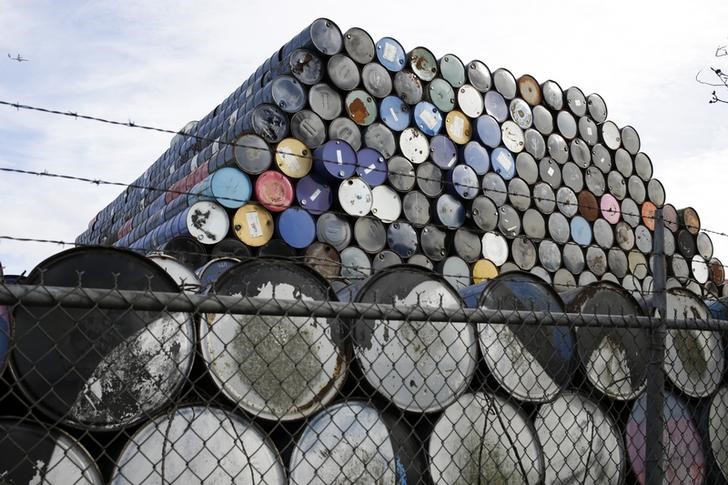By Barani Krishnan
Investing.com - The Saudis are sending in the cavalry for a quicker win in the greatest battle of crude’s history.
Crude prices resumed their climb on Thursday after Reuters reported that Saudi Aramco (SE:2222), the state oil giant of Saudi Arabia, has raised by $1.40 a barrel the official selling price, or OSP, of its June Arab light crude to Asia.
While the flagship Arab crude grade remains at a significant discount of $5.90 per barrel to the competing Oman/Dubai average, the price hike wasn’t in line with market expectations. Asian refiners had instead banked on the kingdom to provide buyers in the region an even better carrot in June, just as it has done since March, as refining margins continue to suffer from the coronavirus crisis.
“The market is rallying again after yesterday’s selloff with the Saudi OSP cut driving prices,” Scott Shelton, energy futures broker at ICAP (LON:NXGN) in Durham, N.C, said, referring to the broader prices of crude oil. “I am still not a believer in the flat price oil ‘up here’ story, but WTI is the cheapest barrel to run now.”
June WTI, the benchmark for U.S. crude, was up 31 cents, or 1.3%, at $24.30 per barrel by 2:00 PM ET (18:00 GMT), after reaching a one-month high of $26.73 at the session high. WTI has doubled since hitting a bottom of $12.34 on April 28, though it remains down 60% on the year.
London-traded Brent, the global benchmark for oil, rose 28 cents, or 1%, to $30. It reached $31.84 earlier. Brent has risen 50% in the past eight sessions but remains down 55% on the year.
Crude’s remarkable rebound from the lows of last week, powered by optimism over the reopening of business in most of America’s states after a six-week lockdown imposed over the Covid-19, has caught oil bears napping.
Yet, the market isn’t out of the woods, given the existential oversupply of tens of millions of barrels at sea, as well as in land-based storage facilities for oil.
Traders are keeping a close watch on nuanced flows in the physical market to see how closely those are aligned to the futures.
The Plains all-American Pipeline, a reference source for physical oil, quotes physical WTI at $20 per barrel, versus its April 28 quote of $8.25. That indicates that the physical market is broadly keeping up with the action in futures.
Even so, June WTI remains at a discount of at least 20% to physical barrels. While that may be typical, it’s a worry under the present circumstance, given both have to converge when June WTI expires in less than two weeks. Massive difference between the physical and futures markets was what accelerated WTI’s plunge into historic subzero prices when the May WTI expired two weeks ago.
Traders will also be keeping a close watch on shipping numbers out of OPEC, the United States — and particularly Russia — to check their adherence to the GLOPEC deal’s commitment to remove at least 9.7 million barrels daily from the market from this month.
